I’ll not forget this torture, I’ll come back to take revenge! I’ll take the revenge!
‘Revenge’, being another key-word which is inspiring scores of youth to rebel against ‘oppressive forces’ and has paved a way toward the new wave of militancy.
Just like it inspired Burhan Muzaffar Wani, 21, commander of indigenous, Hizb-ul-Mujahideen. It was not until Burhan’s brother Khalid Wani was assaulted by troops in their place in South Kashmir’s Tral way back in 2010, that Burhan shouted,
“I’ll not forget this torture, I’ll come back to take revenge! I’ll take the revenge!”
And later, Wani joined militancy. Seldom carrying any strike against army himself, Burhan is the brain behind many core operations and has successfully magnetised other educated youth.
While the number of militants is increasing with more locals than foreigners, we talked to some youth, how do they see this new wave of tech-savvy militants.
Youth talk about youth militants
“What do you expect of a young boy, whose father is killed in front of him, whose sister is molested in front of his eyes? When ‘system’ fails to do justice, there is no other way than to get it done on your own. And a place where peaceful means, mean a failure, bullets offer a better alternative for justice to ones oppressed self,” says Aidah, a journalism student.
“I see the present militancy being more romanticised, these young boys upload their photos and videos on social networking sites, how does it help and how much does it help? Except that many girls go crazy about the glorified version of militancy and the fancy militants,” says Umaira, a social activist.
“In militancy of 90’s there definitely were pious people who drew their inspiration from a noble cause but they couldn’t survive the conspiracies, their helpless orphans and widows remain today. For most of the others it was more about craze than for any noble Jihaad. ‘Militants’ opted the way, became social heros and got married. Moreover that militancy was too messed up that RAW and army would like its sponsership to keep the pot of turmoil boiling,” says Muddasir, a banker.
“Its way too hard to know who is what in cauldron of Kashmir issue, pious people never ever make atrocities, they have a genuine cause and a perfect plan of action. Many genuine people are even fooled today and are made to lose their ways and lives in militancy.Why would one not believe the conspiracies being hatched at Azad Kashmir level?” says Zahid, a student.
“It is this passion of Azadi (freedom) that people of Kashmir have carried it all the way through 68 years of conflict. Though, there is a visible divide in today’s militancy and the militancy of 90’s. By then people with little know-about of the scenario would join the movement out of enthusiasm but today the story is contrary. We see educated youth and professionals roping in after being compelled by something absolute,” Faiz, a research scholar at Kashmir University.
“When I was naive about the ground reality, seeing the killings, escalations and de-escalations of the movement, I decided to join militancy. My parents came to know about it, and my movements were restricted. Afterwards I got engaged with my work and luckily I got a wider picture displayed before my eyes. Joining militancy, I don’t think, is any solution for Azaadi. Mere a few hundred militants can’t fight 10 lakh troops. This is only our loss.We need a proper strategy to get the things done,” says Arif, a journalist.
According to reports, there are 147 operational militants of LeT, Hizb-ul-Mujahideen and Jaish-e-Muhammad outfits, out of which 88 are locals and 54 foreign nationals. In last few months, 15 militants have been gunned down, including main faces like Abu-Qasim and Abu Ma’az from LeT.
The newly emerging tech–savvy breed of militants uses various technologies and social-media for recruitment of youth. The introduction of smart modes of communication by militants have thus changed the entire face of Kashmir militancy.
Facebook pages displaying photos of various militants receive thousands of likes, demonstrating the merit of militants still, among people especially youth.

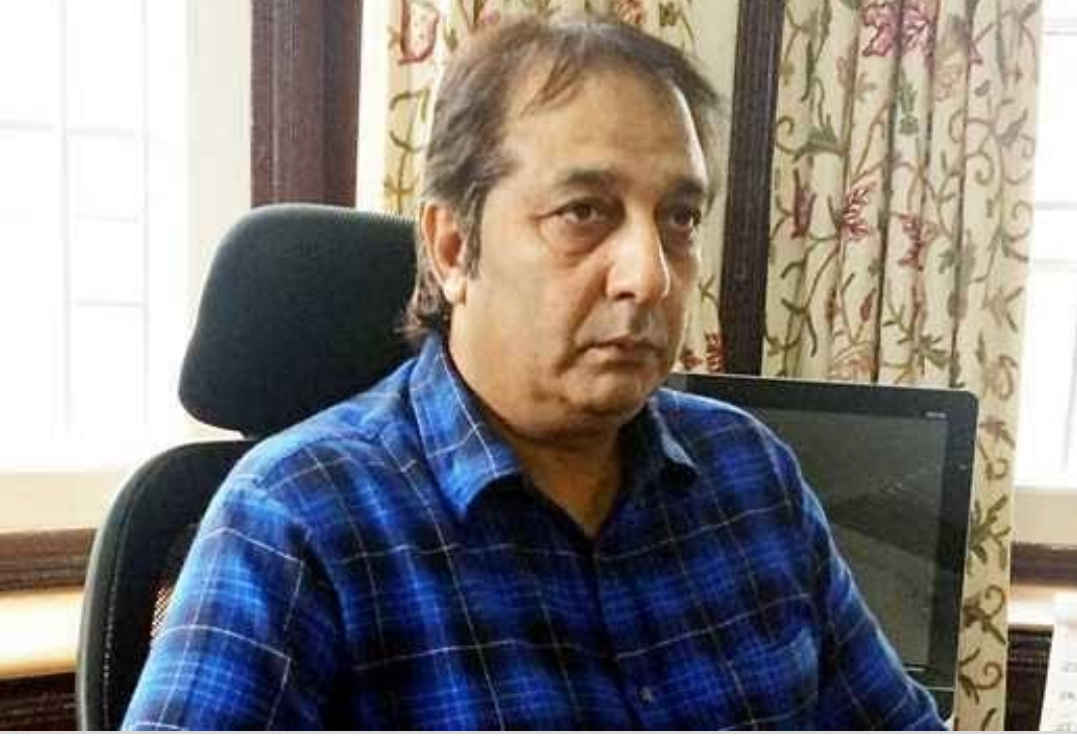









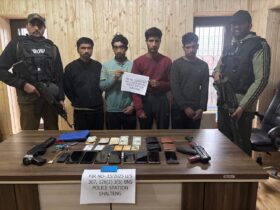

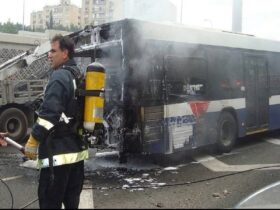


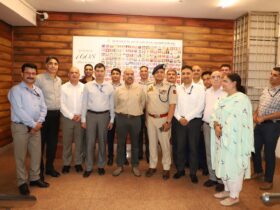
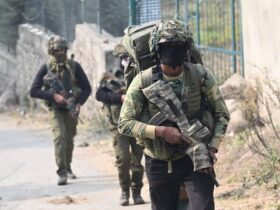


Leave a Reply